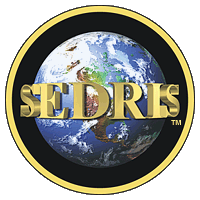
ISO/IEC 18023-2 — Abstract transmittal format
Annex A
(informative)
This annex describes techniques that may be used when developing encodings that conform to this part of ISO/IEC 18023. Table A.1 is the table of contents for this annex:
This annex describes procedures that can be followed when developing encodings so that those encodings can achieve functional conformance as defined in this part of ISO/IEC 18023. This annex introduces guidelines that may ease development efforts.
These guidelines cover the following topics:
Each of these topics is discussed below.
External elements are encoding specific and will depend on the type of encoding being developed.
For character-based encodings, external elements are also character-based. Uses of external elements within character-based encodings include, but is not limited to, delimiters, field separators, field names, and whitespace.
For binary encodings, external elements are additional binary elements that may contain text or other information. Uses of external elements within binary encodings include, but are not limited to: field sizes, continuation indicators, extension indicators, links to items within the transmittal, and field quantization information.
An encoding may specify how compression techniques apply. All compression should ensure that the initial uncompressed data is recreated after decompression. Thus, only lossless compression should be supported.
Compression may be applied in many different ways. The entire transmittal may be compressed using external compression techniques, blocks of data within a transmittal may be defined for compression purposes, or individual elements within the transmittal may be individually compressed.
This part of ISO/IEC 18023 permits the insertion of additional elements within a transmission for the purpose of improving access efficiency to the content of the transmittal. Such additional elements are one use of external elements. When provided, these additional elements may not alter the functionality or meaning of the environmental data content of the SEDRIS transmittal. They only provided improved navigation throughout the transmittal for applications that process the encoding. It should be possible to remove all such additional elements without impacting the meaning of the environmental data.